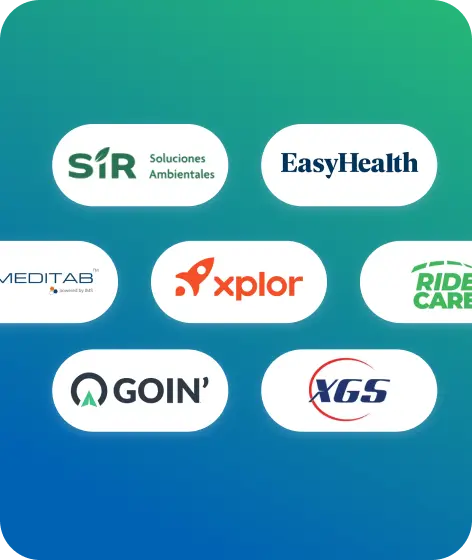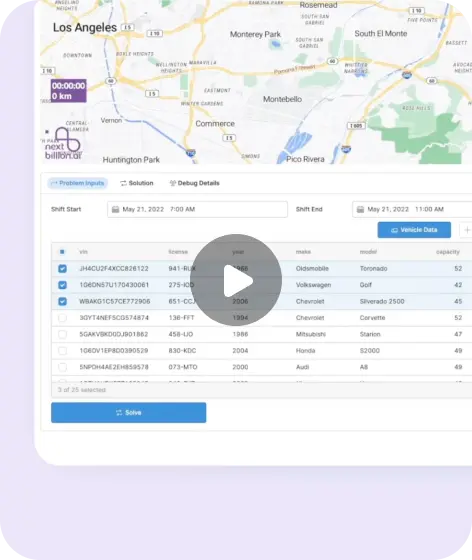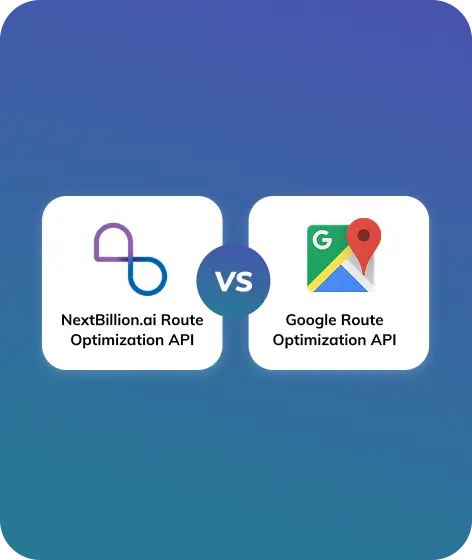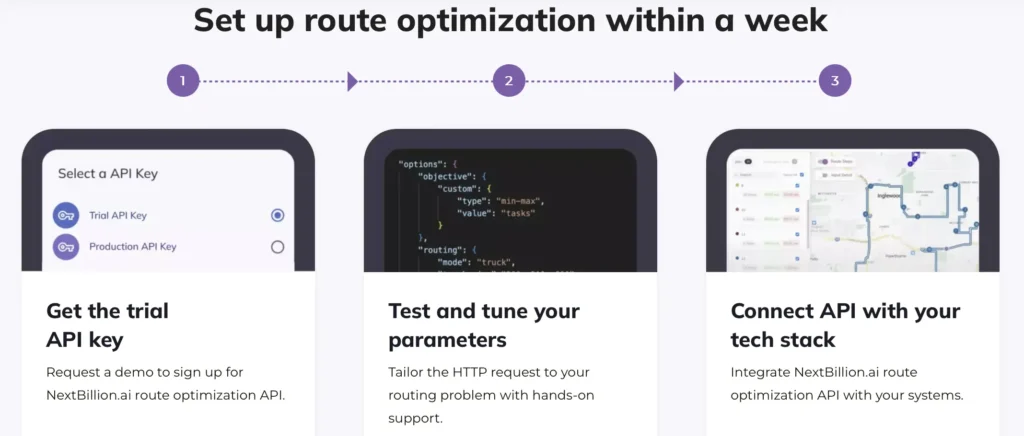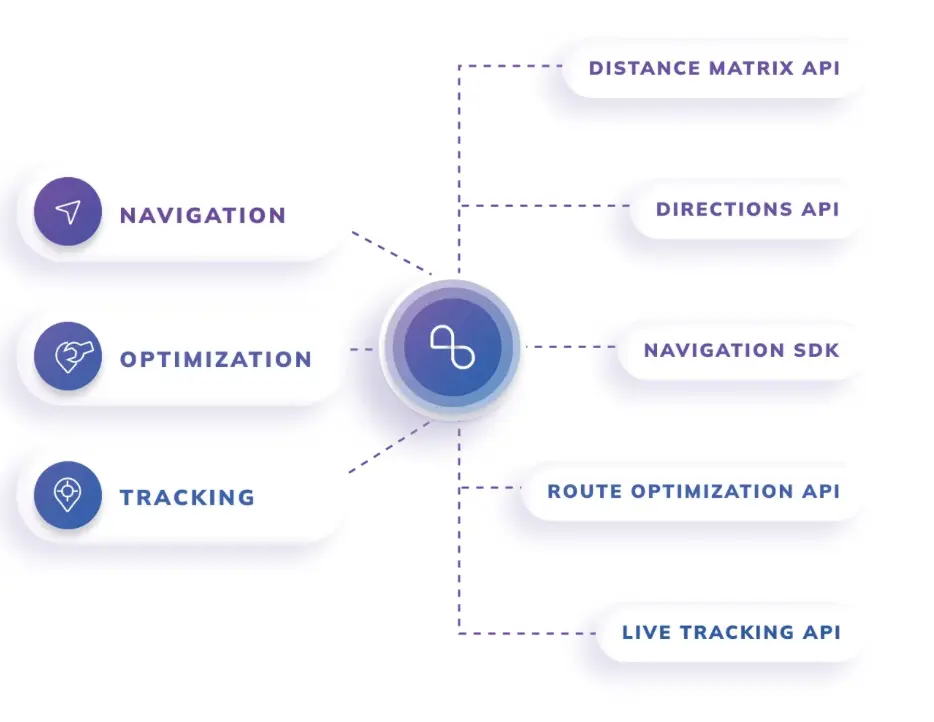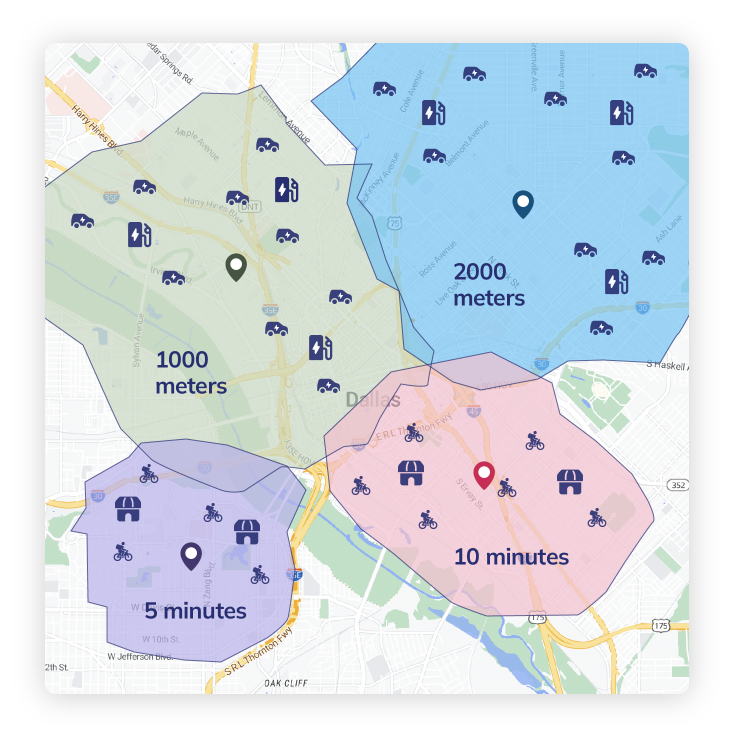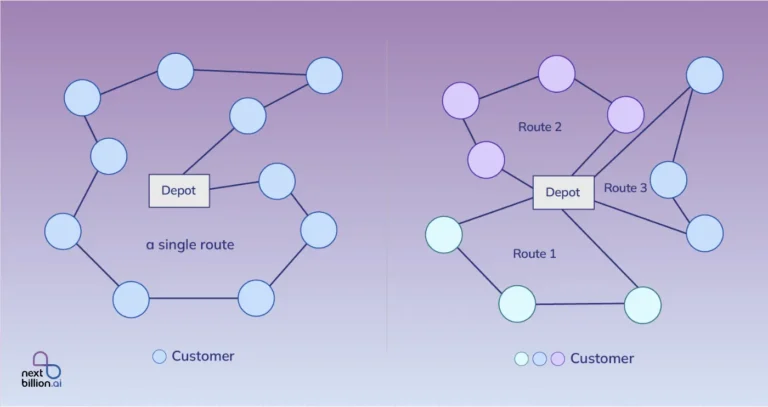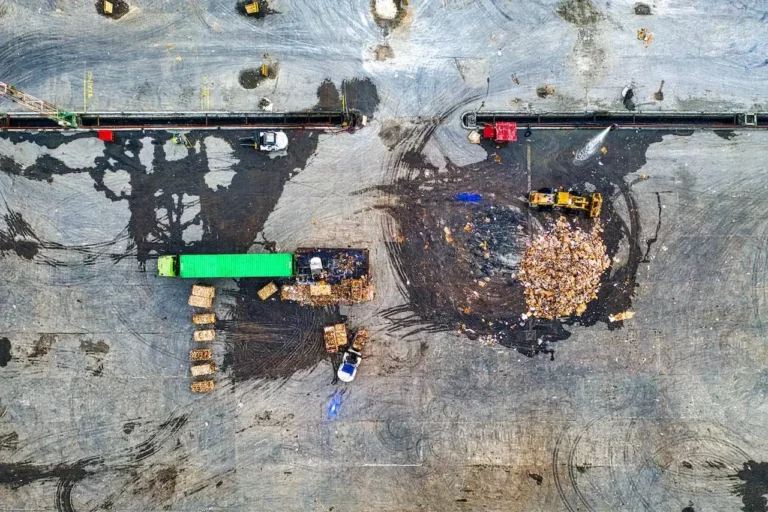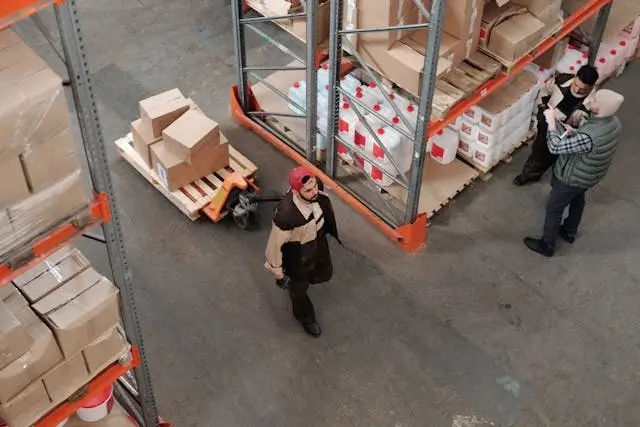
Table of Contents
Reverse logistics, often overshadowed by its forward counterpart, is rapidly gaining recognition as a critical component of modern supply chains. Dubbed “the forgotten mile,” this process is pivotal for businesses aiming to enhance customer satisfaction, recover value, and achieve sustainability targets.
What is Reverse Logistics?
Reverse logistics refers to the suite of activities that occur after the sale of a product, focusing on moving goods from the customer back to the manufacturer, distributor, or another designated point in the supply chain. Often called the “forgotten mile,” reverse logistics encompasses processes such as returns management, repairs, refurbishment, recycling, and proper disposal of products. Unlike traditional logistics, which moves products to the customer, reverse logistics starts with the customer and can end at various points depending on the product’s next life cycle stage. This complex process is crucial for reducing waste, minimizing environmental impact, and recovering value from discarded products. It requires data-driven decisions and efficient management to ensure that goods are handled in a way that benefits both the business and the environment, especially as the volume of returns and the need for sustainable practices continue to grow.

Why is Reverse Logistics Used?
Organizations employ reverse logistics to manage the movement of goods from the customer back through the supply chain to the seller and sometimes to the original supplier, with the primary aim of recovering value from returned products or disposing of them responsibly. The rise of ecommerce has made returns increasingly prevalent, which has more than doubled in less than a decade. Ecommerce sales are particularly affected, as they experience much higher return rates compared to brick-and-mortar stores, according to the National Retail Federation. The objectives of reverse logistics extend beyond value recovery; they also focus on building customer loyalty and encouraging repeat business by providing a positive post-purchase experience and minimizing losses associated with returns. Many companies, including third-party logistics providers (3PLs), now offer specialized reverse logistics services to help businesses efficiently handle returns and strengthen their customer relationships.
Types of Reverse Logistics
Reverse logistics encompasses a range of processes that manage the movement of goods from the end user back through the supply chain for value recovery, reuse, or responsible disposal. The main types include:
- Returns Management: Handling product returns from customers, including processing refunds, exchanges, or store credits. This also covers efforts to avoid unnecessary returns through better product information and support
- Remanufacturing and Refurbishment: Restoring returned products to like-new or improved condition, often by repairing or replacing components, to extend their lifecycle and recapture value.
- Recycling and End-of-Life Management: Breaking down products that have reached the end of their useful life to recover raw materials or components for reuse, thereby reducing waste and supporting sustainability goals.
- Reuse and Resale: Cleaning, testing, and reselling items that are still in good condition, either as refurbished goods or in secondary markets, to maximize product utilization and minimize waste
- Packaging Management: Reusing or recycling packaging materials to cut costs and reduce environmental impact.
- Unsold Goods Management: Returning unsold inventory from retailers to manufacturers or distributors, often due to poor sales, inventory obsolescence, or delivery refusals.
- Delivery Failure Handling: Managing products that could not be delivered to customers, including returning them to the origin, resolving issues, and potentially resending them.
- Rental and Leasing Returns: Processing the return of rented or leased equipment at the end of contract periods, which may involve remarketing, recycling, or redeploying assets.
- Repairs and Maintenance: Repairing defective or damaged goods for resale or continued use, sometimes as part of service agreements.
These types of reverse logistics help businesses recover value, reduce environmental impact, and improve customer satisfaction by efficiently managing the reverse flow of products and materials through the supply chain.
Key Challenges in Implementing Reverse Logistics
- High Costs: Reverse logistics can be expensive due to costs associated with collecting, transporting, processing, refurbishing, and disposing of returned products. These expenses can quickly erode profitability, especially when managing large volumes of returns.
- Operational Complexity: The reverse flow of goods involves multiple stakeholders and steps, such as inspecting, categorizing, and restocking returned items. Coordinating these activities is often more complex than forward logistics and requires robust processes and automation to maintain efficiency.
- Lack of Visibility and Data: Many companies struggle with tracking and tracing returned items, leading to inefficiencies, delays, and difficulty in understanding the root causes of returns. Poor visibility also hampers effective decision-making and process improvements
. - Resource Allocation: Managing returns requires significant resources for customer service, warehouse operations, and inventory management. Workforce constraints and inconsistent processes can further complicate efficient returns handling.
- Inventory Management: Integrating returned goods into existing inventory systems and optimizing stock levels is challenging, especially given the unpredictable volume and condition of returns.
- Regulatory and Environmental Compliance: Organizations must navigate complex regulations related to waste management, hazardous materials, and environmental sustainability. Compliance can be costly and time-consuming, particularly for products at end-of-life.
- Customer Satisfaction: A poorly managed returns process can frustrate customers, damage brand reputation, and result in lost business. Ensuring a seamless, customer-friendly experience is essential but difficult to achieve at scale.
- Sustainability Concerns: High return volumes increase emissions, packaging waste, and environmental impact, making it harder for companies to meet their sustainability and ESG goals.
- Uncertainty and Variability: The volume and nature of returns can fluctuate due to changing consumer behavior, product updates, and regulatory shifts, making planning and budgeting for reverse logistics unpredictable.
Addressing these challenges requires investment in automation, advanced tracking systems, standardized processes, and close coordination across the supply chain to optimize efficiency and maintain customer satisfaction.
How Does Reverse Logistics Impact Customer Satisfaction
Reverse logistics has a significant impact on customer satisfaction by shaping the post-purchase experience and influencing how customers perceive a brand. An efficient and hassle-free returns process builds customer trust and loyalty, leading to repeat business and higher retention rates. When companies provide clear return policies, quick processing times, and responsive customer support, customers feel valued and are more likely to shop again. Conversely, a poorly managed reverse logistics process can result in frustration, dissatisfaction, and damage to brand reputation, ultimately leading to lost sales. In e-commerce, where return rates are higher, streamlined reverse logistics is especially crucial for boosting buyer confidence and satisfaction. Additionally, the data collected during returns can help companies identify product or service issues and implement improvements, further enhancing the overall customer experience. In summary, effective reverse logistics transforms potential pain points into opportunities for positive engagement, reinforcing brand image and driving long-term customer satisfaction.
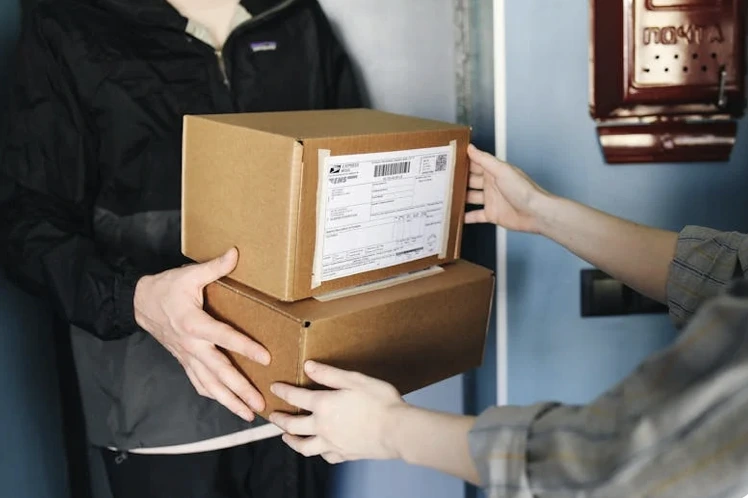
Best Practices and Optimization Strategies
To create a seamless returns process, companies should focus on several best practices that prioritize both operational efficiency and customer satisfaction. Start by establishing a clear, transparent, and easily accessible return policy that uses simple language and outlines eligibility, procedures, timeframes, and any exceptions. Offer a generous return window to build customer trust and confidence, and provide multiple convenient return options, such as prepaid shipping labels and easy-to-complete online forms. Simplify the return process with step-by-step instructions and multiple channels for customer support, ensuring customers can initiate returns effortlessly.
Leverage technology by implementing returns management software to automate return requests, generate shipping labels, process refunds, and update inventory in real time, which reduces manual work and errors while speeding up the entire process. Proactive communication is key-keep customers informed at every stage with notifications about return receipt, status updates, and refund or exchange timelines. Streamline reverse logistics by partnering with reliable carriers and optimizing transportation to ensure timely and cost-effective return shipments.
Analyze returns data regularly to identify trends and root causes, enabling improvements in product descriptions, sizing guides, and packaging to reduce future returns. Efficiently inspect, restock, or dispose of returned items to maintain accurate inventory and minimize losses. Finally, foster a culture of continuous improvement by soliciting customer feedback, training staff on best practices, and adapting policies to evolving customer needs and industry trends. By combining these strategies, companies can deliver a hassle-free returns experience that enhances customer loyalty and operational performance.
How Can Nextbillion.ai Help in Reverse Logistics?
Nextbillion.ai enhances reverse logistics by providing advanced AI-powered mapping and route optimization solutions tailored to the unique challenges of managing returns. Here’s how it helps:
- AI-Powered Route Optimization: Nextbillion.ai uses intelligent routing algorithms to optimize return pickups, factoring in live traffic, fuel efficiency, and pickup windows. This ensures efficient fleet deployment, especially during peak return periods, reducing operational costs and turnaround times.
- Dynamic and Real-Time Adjustments: Its API-driven system recalculates routes in real time, adapting instantly to cancellations, new return requests, and changing road conditions. This minimizes delays and inefficiencies in the reverse logistics process.
- Accurate Geospatial Intelligence: The platform offers precise geocoding and location intelligence, enabling accurate tracking of pickup locations and reducing errors in returns processing.
- Multi-Stop and Clustered Routing: Nextbillion.ai efficiently groups return pickups, optimizing routes for multiple stops and maximizing fleet utilization, which cuts down unnecessary trips and emissions.
- Seamless Integration: Its APIs integrate easily with existing logistics systems (TMS, WMS, ERP), automating dispatching and routing using real-time data from multiple sources.
- Sustainability and Cost Savings: By optimizing routes, Nextbillion.ai helps businesses reduce fuel consumption and emissions, supporting sustainability goals while lowering transportation costs.
- Real-Time Location Tracking: Businesses can monitor the status and movement of returned goods at every stage, improving transparency and customer satisfaction.
- Scalability: The solution supports businesses of all sizes, from startups to large enterprises, ensuring reverse logistics processes are optimized regardless of scale.
In summary, Nextbillion.ai empowers companies to streamline reverse logistics by automating and optimizing return routes, improving operational efficiency, reducing costs, and supporting sustainability objectives-all while enhancing the customer experience.
How NextBillion.ai Enhances Reverse Logistics with Route Optimization
NextBillion.ai is transforming reverse logistics with cutting-edge AI-driven mapping and route optimization solutions. NextBillion.ai’s platform is designed to address the challenges of managing returns by offering intelligent, scalable, and highly customizable routing solutions. With a focus on efficiency, cost reduction, and sustainability, NextBillion.ai helps businesses streamline their reverse logistics operations through the following capabilities:
1. AI-Powered Route Optimization
NextBillion.ai’s customized routing algorithms optimize return pickups based on live traffic patterns, fuel efficiency, and pickup windows. Its advanced predictive analytics anticipate peak return periods, optimizing fleet deployment accordingly.
Read Route Optimization Flexible API tutorials to know basic constraints offered in NextBillion.ai’s Route Optimization Flexible API.
2. Dynamic and Real-Time Adjustments
NextBillion.ai’s API-driven system recalculates routes in real-time, adapting to cancellations, new return requests, and road conditions. Its dynamic rerouting ensures minimal delays, reducing operational inefficiencies.
Refer here for further information on NextBillion.ai’s Live Tracking API.
3. Geospatial Intelligence and Mapping
NextBillion.ai offers highly accurate geocoding and location intelligence, enabling precise pickup location tracking. Its mapping solutions integrate seamlessly with reverse logistics workflows, reducing errors, and enhancing accuracy.
Refer Geofencing API for more information on how logistics services can use the Geofence API to improve their operations, enhance customer experiences, and increase efficiency.
4. Multi-Stop and Clustered Routing
NextBillion.ai efficiently plans multi-stop reverse logistics routes, grouping returns for optimal fleet utilization. Its cluster-based routing reduces unnecessary trips and improves fleet efficiency.
5. Seamless API Integration
NextBillion.ai’s scalable APIs integrate easily with existing TMS, WMS, and ERP systems to enhance logistics workflows. It automates dispatching and routing using real-time data from multiple sources.
6. Sustainability and Cost Savings
NextBillion.ai reduces transportation costs while meeting sustainability objectives through optimized route planning. Its eco-friendly route planning minimizes emissions and fuel consumption.
By leveraging NextBillion.ai’s innovative route optimization technologies, businesses can enhance operational efficiency, cut down logistics expenses, and meet their sustainability goals while improving customer satisfaction in reverse logistics.
How Does NextBillion.ai Handle Dynamic Routing for Reverse Logistics?
NextBillion.ai’s solutions are specifically designed to integrate seamlessly with existing logistics systems. Their APIs and SDKs can be connected to a wide range of internal systems, including ERPs, telematics, TMS, and other logistics applications, adding advanced routing, dispatch, and optimization capabilities without disrupting current workflows.
NextBillion.ai handles dynamic routing for reverse logistics by leveraging AI-powered algorithms and real-time data to continuously optimize and adapt routes for returns and pickups. Here’s how the platform addresses the unique challenges of reverse logistics:
- Custom Routing Algorithms: NextBillion.ai designs routing algorithms specifically for reverse logistics, accommodating the complexities of collecting goods from multiple locations and returning them to central hubs or manufacturers. These algorithms aim to reduce fuel consumption, minimize transit times, and optimize resource allocation.
- Real-Time Data Integration: The system processes live data streams-including traffic patterns, weather conditions, road closures, and last-minute changes-to make instant routing decisions. This ensures that routes are always optimized for current conditions, allowing fleets to avoid delays and operate efficiently even as new return requests or cancellations arise.
- Dynamic Reoptimization: As changes occur (such as ad-hoc pickups, address changes, or fluctuating demand), NextBillion.ai dynamically recalculates routes on the fly, updating schedules and driver instructions in real time. This flexibility is crucial for reverse logistics, where unpredictability is common.
- Live Tracking and Visibility: Businesses can monitor the status and movement of returned goods at every stage with live tracking features, improving transparency and enabling proactive communication with customers.
- Scalability and Integration: The platform supports operations of all sizes and integrates with existing logistics systems, ensuring that dynamic routing can be applied seamlessly across diverse reverse logistics networks.
- Sustainability and Resource Optimization: By optimizing routes and consolidating pickups, NextBillion.ai helps reduce unnecessary mileage, emissions, and operational costs, supporting both efficiency and environmental goals.
In summary, NextBillion.ai’s dynamic routing for reverse logistics combines real-time data, AI-driven optimization, and seamless integration to deliver efficient, adaptable, and transparent return operations across industries.
Conclusion
Reverse logistics is no longer an afterthought-it’s a strategic imperative. By mastering the forgotten mile, companies can reduce costs, improve customer loyalty, and advance sustainability goals. As e-commerce and consumer expectations continue to rise, the businesses that invest in efficient, transparent, and technology-driven reverse logistics will be best positioned for long-term success.
About Author
Prabhavathi Madhusudan
Prabhavathi is a technical writer based in India. She has diverse experience in documentation, spanning more than 10 years with the ability to transform complex concepts into clear, concise, and user-friendly documentation.

